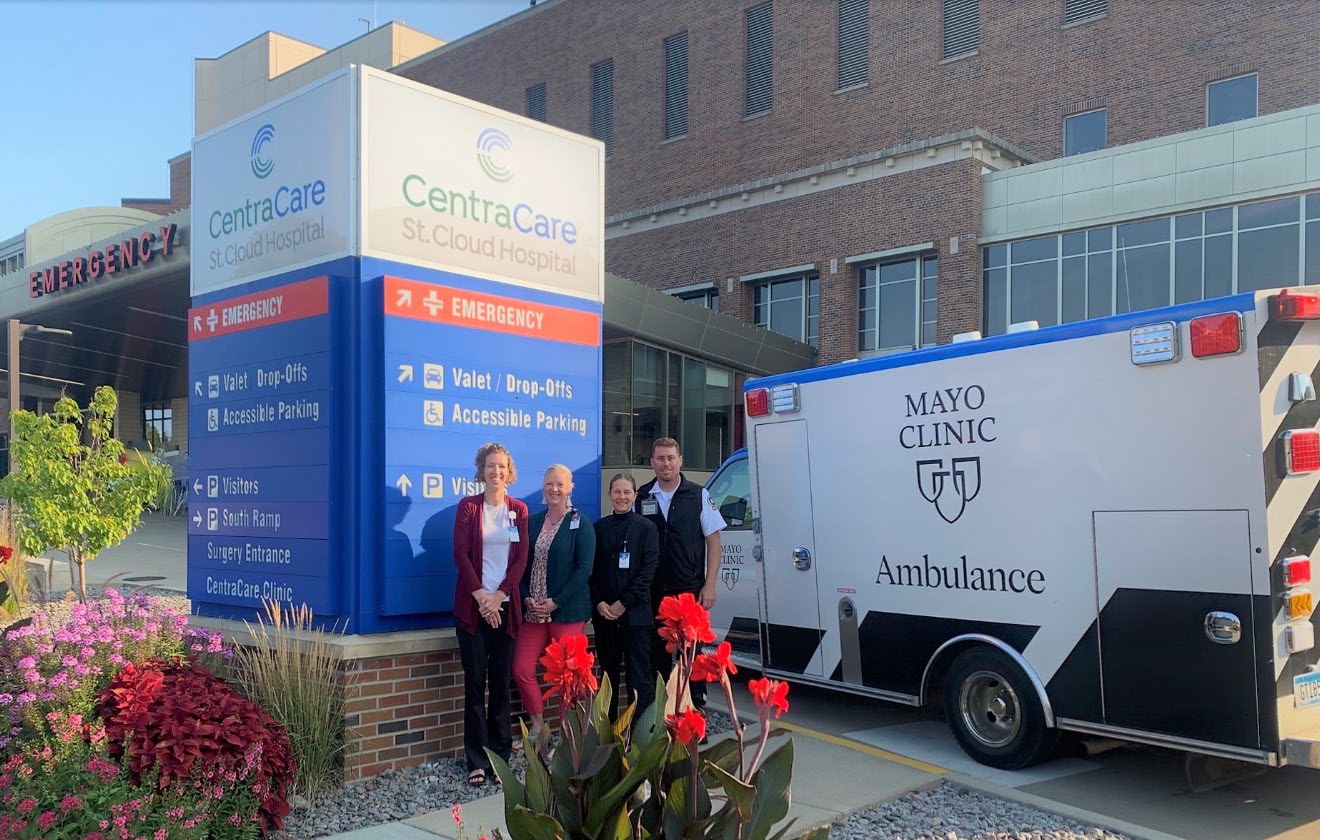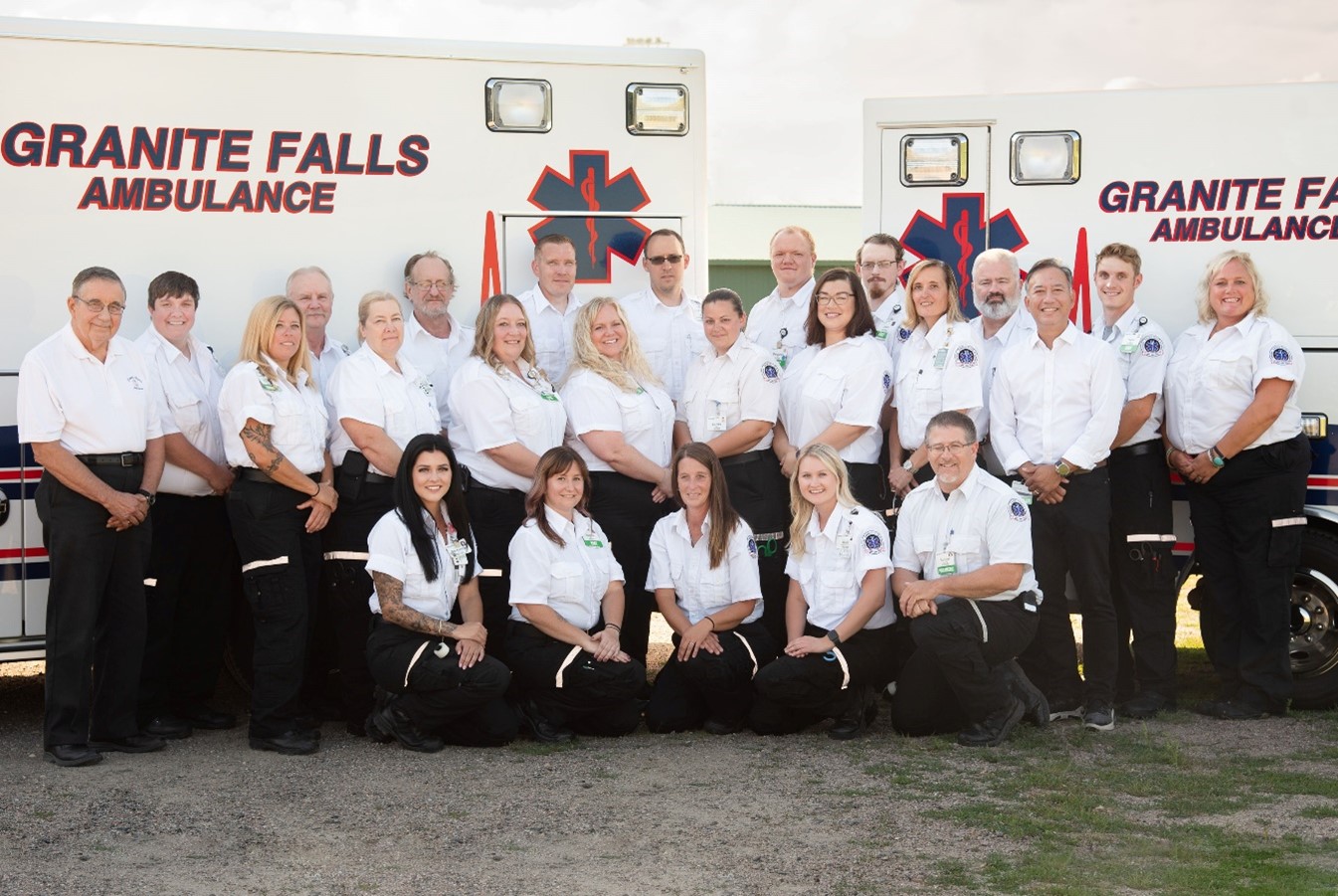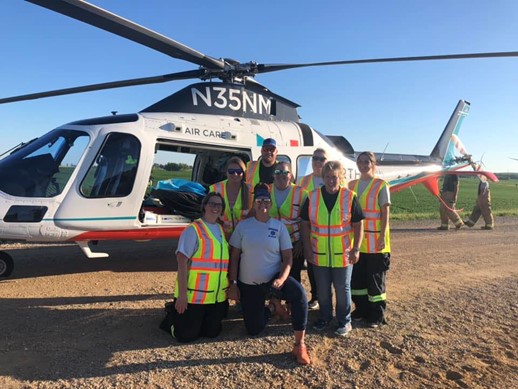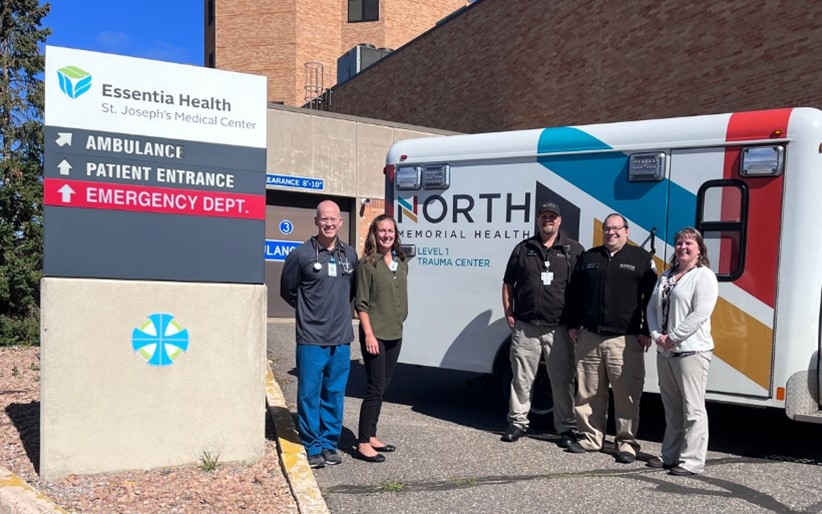EMS Quality Improvement Awards 2022
Successful and effective stroke treatment by EMS requires a commitment to continuous quality improvement. These efforts drive the quality of care delivered to stroke patients – which leads to better outcomes. EMS agencies in Minnesota are an integral part of the system providing timely patient care and alerting the receiving hospitals of an incoming stroke patient. This award program aims to recognize and showcase successful quality improvement projects throughout the state of Minnesota.
2022 Award Categories
Awards are given to EMS stroke programs in Minnesota that implemented the best quality improvement initiatives in the following categories:
- Extraordinary Results:This is an award that celebrates innovation and creativity to achieve extraordinary results and improvement in stroke care.
- Commitment to Excellence:This is an award that recognizes commitment to program goals and best practices in providing excellent stroke care.
- Collaborative Champion:This is an award celebrating an initiative that featured collaboration between partners and led to advancements in stroke care.
Extraordinary Results
This is an award that celebrates innovation and creativity to achieve extraordinary results and improvement in stroke care.
Mayo Clinic Ambulance and CentraCare-St. Cloud Hospital

- Opportunity for Improvement:Improve the relationship between SCH Stroke Center, Emergency Department (ED) Staff, and the local EMS agency. There was an additional opportunity to provide feedback to EMS and ED staff on a regular basis.
- Action Plan: The Stroke Nurse, Stroke Program Manager, ED Nurse, and Mayo Clinic Ambulance Supervisor met and decided on a feedback form that would work for everyone. They developed a consistent process for reviewing and sending feedback to staff.
- Results: Collaboration and communication between ED staff, EMS staff and stroke team have increased immensely. Door-to-needle and door-to-skin puncture times have also improved.
Award Qualifications
- Showed innovative solutions with collaboration across multiple departments.
- Demonstrated a common goal to improve patient care.
Commitment to Excellence
This is an award that recognizes commitment to program goals and best practices in providing excellent stroke care.
Avera Granite Falls Ambulance and Avera Granite Falls Hospital

- Opportunity for Improvement: Improve pre-hospital recognition of suspected stroke patients and to decrease door to CT times.
- Action Plan: The team brought together many departments to identify areas of improvement, including clinical and operational changes. Experts provided training on stroke protocols and care processes. Data was and continues to be monitored by the team.
- Results: The relationship and open communication between hospital and EMS staff has improved. The data for in door to CT read times, door-to-needle times, and door-to-transport times have improved.
Award Qualifications
- Identified challenges that increase the patient’s door to CT times as well as delays in accessing e-neurology.
- Involved all levels of staff, from medical directors to volunteer EMS providers.
Ivanhoe Ambulance

- Opportunity for Improvement: Improve scene recognition of suspected stroke using BE FAST and improve pre-hospital notification.
- Action Plan: The team monitored times including dispatch to arrival, assessment of the patient, and pre-hospital notification. Trained volunteer staff used the BE FAST assessment and reinforced notification to the receiving hospital.
- Results: The team has seen better timely hospital notifications of potential stroke patients. They have also seen an improvement in crew confidence in identifying a stroke.
Award Qualifications
- Identified the need to change stroke assessment from the Cincinnati Stroke Scale to BE FAST. This incorporated posterior circulation stroke identification in the prehospital setting.
- Improved prehospital suspected stroke recognition.
Collaborative Champion
This is an award celebrating an initiative that featured collaboration between partners and led to advancements in stroke care.
North Memorial EMS and Essentia Health St. Joseph’s Medical Center

- Opportunity for Improvement: Improve stroke severity scale use, documentation, communication, and routing of stroke patients.
- Action Plan: North Memorial EMS and hospital staff worked together to implement a stroke severity scale in the ambulance and improve documentation of last known well (LKW). They created a local routing algorithm for stroke patients in their area. Outcomes were and continue to be closely monitored and feedback is provided.
- Results: Since the implementation of the protocol, stroke severity scale performance and last known well documentation have all improved.
Award Qualifications
- Expanded current protocol to include large vessel occlusion stroke identification.
- Included collaborative efforts in training staff and implementing new protocols.